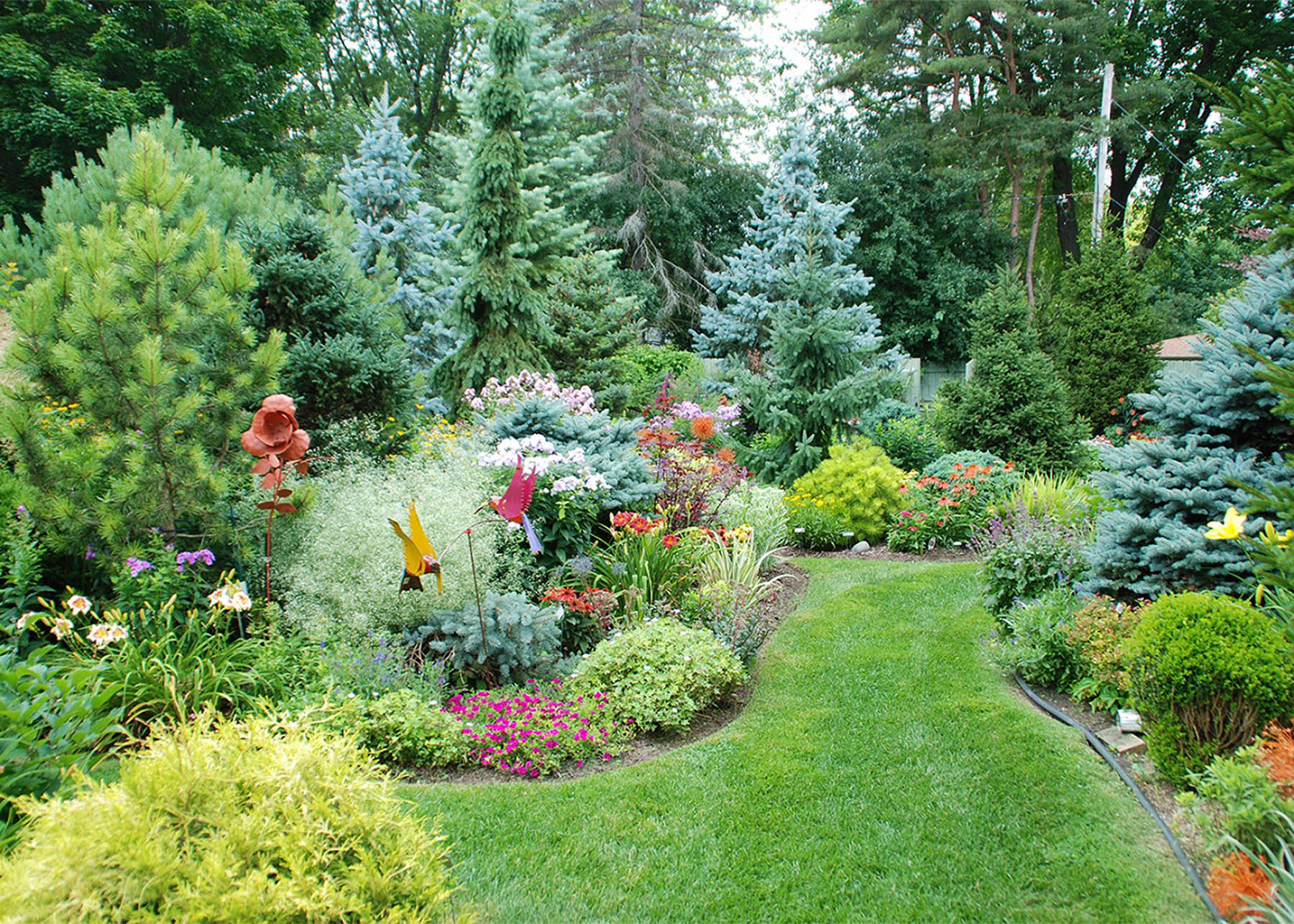Gardening
Increase Your Perennial Garden's Beauty this Spring

Topdressing perennial gardens improves the overall health of the garden, so the plants can thrive.
Photo courtesy of MelindaMyers.com
Give your perennials a boost this spring with a topdressing of compost, aged manure, or other organic matter. It's a great way to revive tired gardens, improve a garden's overall health, and keep vibrant perennials healthy and blooming.
Research found topdressing your garden with compost every year or two provides most, if not all the nutrients that most perennials need. It feeds the soil, which in turn feeds your plants. Let a soil test report and your plant's performance determine if additional fertilizer is needed. Spring is a great time to add this as well.
When purchasing compost, it should appear light and fluffy. Take a whiff, it should not have a strong smell of ammonia, rotting food or another off odor. It should have a rich earthy smell and not be covered in flies or maggots. If jumping worms are a problem in your area, ask your compost provider how they are managing the compost to avoid spreading this invasive pest.
Once you have the needed organic matter, you are ready to get started. Pull the mulch back if needed. Keep it handy, so you can put it back in place once you finish amending the soil.
Topdressing is the first step in the process. Simply spread a one- to two-inch layer of the compost or other organic matter over the soil surface. Be careful not to bury the crown of your plants.
You can leave the compost sitting on the soil surface or lightly mix it into the top inch with a hand cultivator. The earthworms, ground beetles and other organisms will move it down into the soil and around the plant roots where it is needed.
The second step is especially helpful for those with heavy or compacted soils. Once the compost is in place, do a bit of vertical mulching. Use an auger bit on your cordless drill. Simply drill holes into the soil between plants. This aerates the soil and pushes some of the compost into the soil further boosting your efforts.
Vertical mulching helps speed up the process a bit by getting the compost closer to the plant roots and soil organisms that will help incorporate it into the soil. The openings created in the soil allow air, water and fertilizer to penetrate the soil surface and travel to the root zone.
Then be sure to return the mulch you removed from the garden or add mulch if needed. Maintaining an inch or two of organic mulch on the soil surface not only conserves moisture and suppresses weeds; it also continues to improve the soil. As the organic mulch breaks down, it adds organic matter and nutrients to the soil.
Investing some time to create and maintain healthy soil goes a long way in making your garden a beautiful part of the landscape.
Melinda Myers has written more than 20 gardening books, including The Midwest Gardener's Handbook, 2nd Edition and Small Space Gardening. She hosts The Great Courses "How to Grow Anything" DVD series and the nationally-syndicated Melinda's Garden Moment TV & radio program. Myers is a columnist and contributing editor for Birds & Blooms magazine. Her web site is www.MelindaMyers.com.
